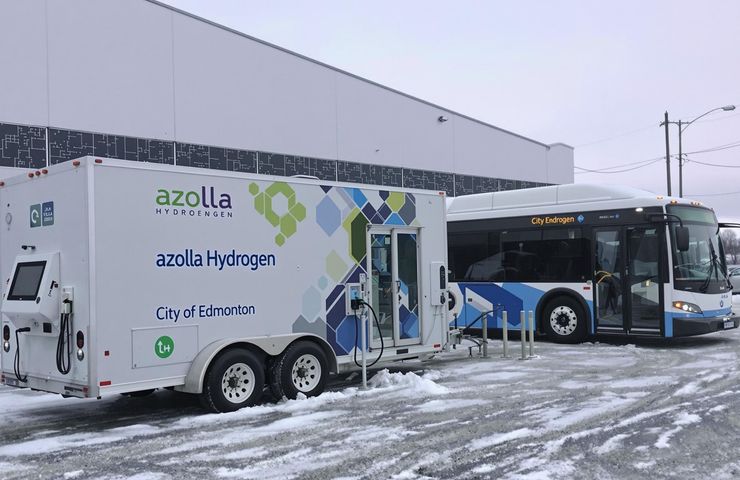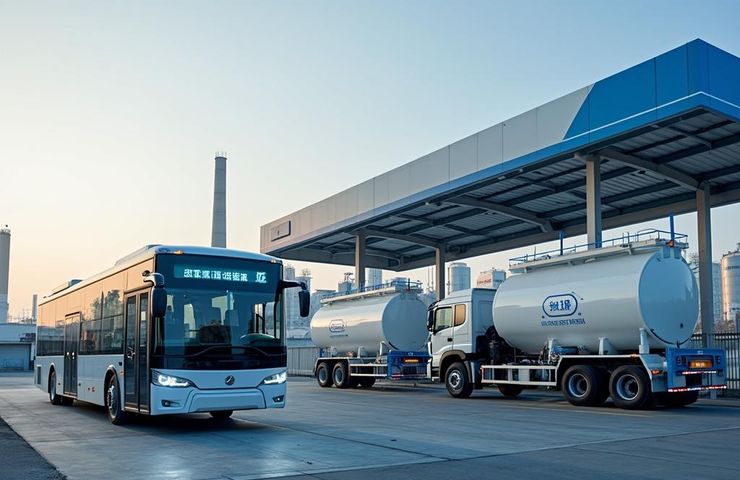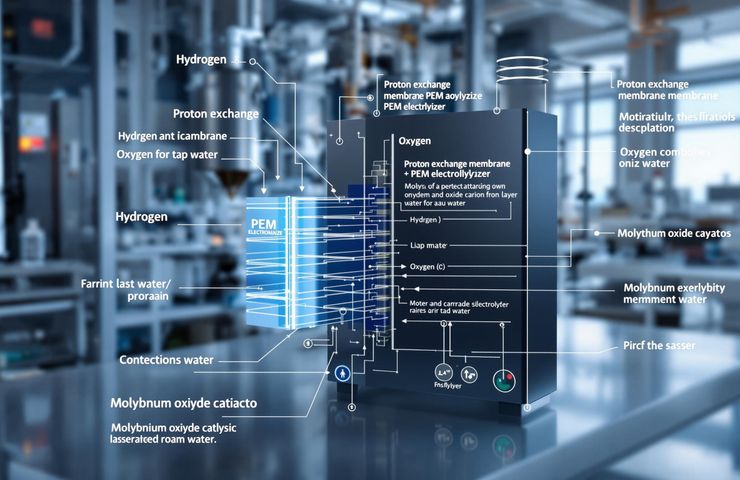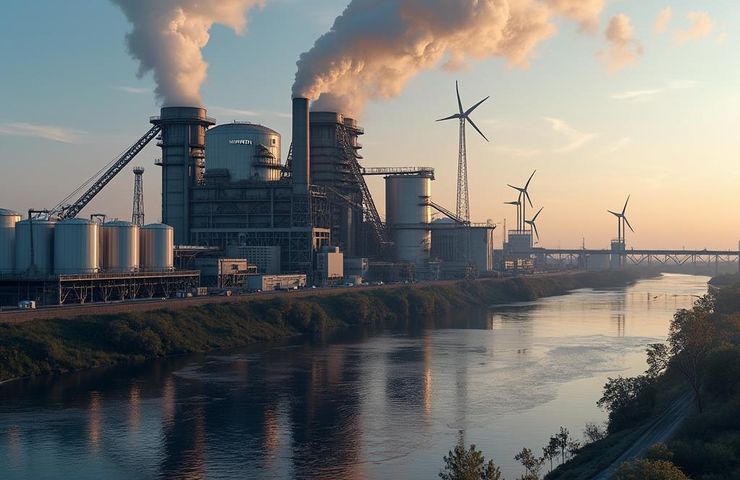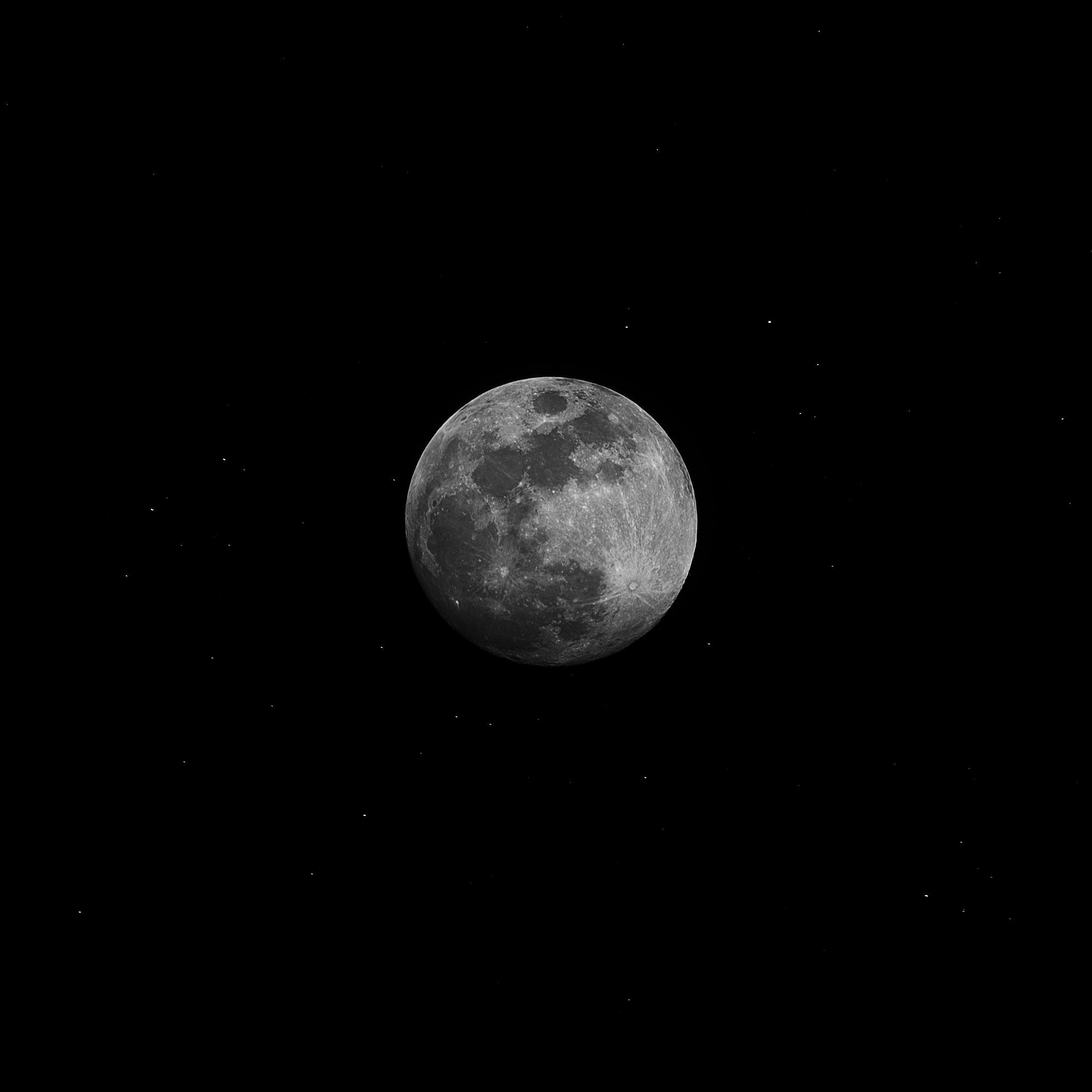Financial support needed to boost energy access progress and address disparities
A new joint multi-agency report finds that almost 92 percent of the world’s population now has basic access to electricity. Although this is an improvement since 2022, which saw the number of people without basic access decrease for the first time in a decade, over 666 million people remain without access, indicating that the current rate is insufficient to reach universal access by 2030.

Released on June 25, 2025, ahead of a special launch event on July 16, 2025, at the High-Level Political Forum on Sustainable Development in New York (NY), which oversees progress on the SDGs, the latest edition of the multi-agency annual “Tracking SDG 7: The Energy Progress Report“ highlights the role of distributed renewable energy (a combination of mini-grid and off-grid solar systems) to accelerate access, since the population remaining unconnected lives mostly in remote, lower-income, and fragile areas.
Cost-effective and rapidly scalable, decentralised solutions can reach communities in such rural areas, and are also needed to increase access to clean cooking.
Need to scale up clean cooking
With an estimated 1.5 billion people residing in rural areas still lacking access to clean cooking, the use of off-grid clean technologies, such as household biogas plants and mini-grids that facilitate electric cooking, can provide solutions that reduce health impacts caused by household air pollution.
While clean cooking access is progressing, the rates of progress are below those seen in the 2010s, as efforts remain hobbled by setbacks during the COVID-19 pandemic, following energy price shocks, and debt crises.
Over 2 billion people remain dependent on rudimentary cooking methods, with polluting and hazardous fuels such as firewood and charcoal for their cooking needs.
Notable progress was made in different indicators. The international financial flows to developing countries in support of clean energy grew for the third year in a row to reach US$21.6 billion in 2023.
Installed renewable capacity per capita continued to increase year-on-year to reach a new high of 341 watts per capita in developing countries, up from 155 watts in 2015.
Regional disparities persist
Yet regional disparities persist, indicating that particular support is needed for developing regions.
In sub-Saharan Africa, which lags across most indicators, renewable deployment has rapidly expanded yet remains limited to an average of 40 watts of installed capacity per capita, which is only one-eighth of the average of other developing countries.
Eighty-five percent of the global population without electricity access reside in the region, while four in five families are without access to clean cooking. And the number of people without clean cooking access in the region continues to grow at a rate of 14 million people annually.
The report identified the lack of sufficient and affordable financing as a key reason for regional inequalities and slow progress.
Strengthen international public-private cooperation
To build on the achievements to date and avoid any further regressions on access to electricity and clean cooking due to looming risks in global markets, the report calls for strengthened international cooperation between public and private sectors to scale up financial support for developing countries, especially in sub-Saharan Africa.
Urgent actions include reforms in multilateral and bilateral lending to expand the availability of public capital; more concessional finance mobilisation, grants, and risk mitigation instruments; improvement in risk tolerance among donors; as well as appropriate national energy planning and regulations.
Key findings across primary indicators include:
- Almost 92 percent of the world’s population now has access to electricity, leaving over 666 million people without electricity in 2023, with around 310 million people gaining access since 2015. Eighteen of the 20 countries with the largest electricity access deficits in 2023 were in sub-Saharan Africa. The greatest growth in access between 2020 and 2023 occurred in Central and Southern Asia, with both regions making significant strides towards universal electricity access, reducing their basic access gap from 414 million in 2010 to just 27 million in 2023.
- Little to no change was observed in access to clean fuels and technologies for cooking between 2022 and 2023. Although the number of the world’s population with access to clean cooking fuels and technologies increased from 64 percent in 2015 to 74 percent in 2023, around 2.1 billion people remain dependent on polluting fuels and technologies. If current trends continue, only 78 percent of the global population will have access to clean cooking by 2030.
- In 2022, the global share of renewable energy sources in total final energy consumption (TFEC) was 17.9 percent as TFEC continued to increase gradually, while installed renewable energy capacity reached 478 watts per capita in 2023, indicating almost 13 percent growth from 2022. But progress is not sufficient to meet international climate and sustainable development goals. In addition, global efforts must address significant disparities. Despite progress in expanding renewable capacity, least developed countries and sub-Saharan Africa had only 40 watts per capita in installed renewables capacity, compared to developed countries, which had over 1,100 watts installed.
- Global energy efficiency experienced sluggish progress in recent years. The global trend shows that primary energy intensity, defined as the ratio of total energy supply to gross domestic product, declined by 2.1 percent in 2022. Although it is an improvement of more than four times the weak 0.5 percent improvement rate of 2021, it is insufficient to meet the original SDG 7.3 target. Going forward, energy intensity needs to improve by 4 percent per year on average.
- International public financial flows to developing countries in support of clean energy increased by 27 percent from 2022, reaching US$21.6 billion in 2023. However, the report reveals that the developing world received fewer flows in 2023 than in 2016, when commitments peaked at US$28.4 billion. Despite gradual diversification, funding remained concentrated, with only two sub-Saharan African countries in the top five recipients. Debt-based instruments drove most of the increase in international public flows in 2023, accounting for 83 percent, while grants made up only 9.8 percent of flows.
The report is published by the SDG 7 custodian agencies, the International Energy Agency (IEA), the International Renewable Energy Agency (IRENA), the United Nations Statistics Division (UNSD), the World Bank, and the World Health Organization (WHO) with funding for the report provided by the World Bank’s Energy Sector Management Assistance Program (ESMAP).
The report aims to provide the international community with a global dashboard to register progress on energy access, energy efficiency, renewable energy, and international cooperation to advance SDG 7.
Renewables have seen record growth in recent years, reminding the world of their affordability, scalability, and their role in further reducing energy poverty. But we must accelerate progress at this crunch time. This means overcoming challenges, which include infrastructure gaps. The lack of progress, especially on infrastructure, is a reflection of limited access to financing. Although international financial flows to developing countries in support of clean energy grew to US$21.6 billion in 2023, only two regions in the world have seen real progress in the financial flows. To close the access and infrastructure gaps, we need strengthened international cooperation to scale up affordable financing and impact–driven capital for the least developed and developing countries, commented Francesco La Camera, Director-General, International Renewable Energy Agency (IRENA), chair of the 2025 edition of the report.
What's Your Reaction?























